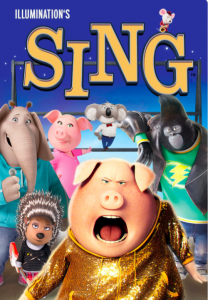
Illumination Entertainment’s Sing is a computer animated film that follows a group of anthropomorphic animals taking part in a singing competition that interferes in the contestants’ privates lives, representing society and human struggles through them. In this scene, the money heist, gorillas perform mundane human tasks like singing and driving.
Johnny is a large and black furred teenage mountain gorilla, first introduced when he is looking out in a street corner to warn his father’s gang from the police during a heist. However, he gets distracted doing what he really enjoys, singing. The use of a teenage mountain gorilla and his father develops a movie trope seen in many animated films, ‘the fantasy-forbidding father’. We are presented with a rebellious teenager whose artistic dreams are conflicted by his negligent father, who sees them as mere fantasy. It is an offense for him because what his kid likes is not related to what he does for a living. Johnny’s father is a criminal-gang leader who pushes him to participate in bank robberies. Thus, this sequence not only captures Johnny’s personality but the human difficulties he faces.
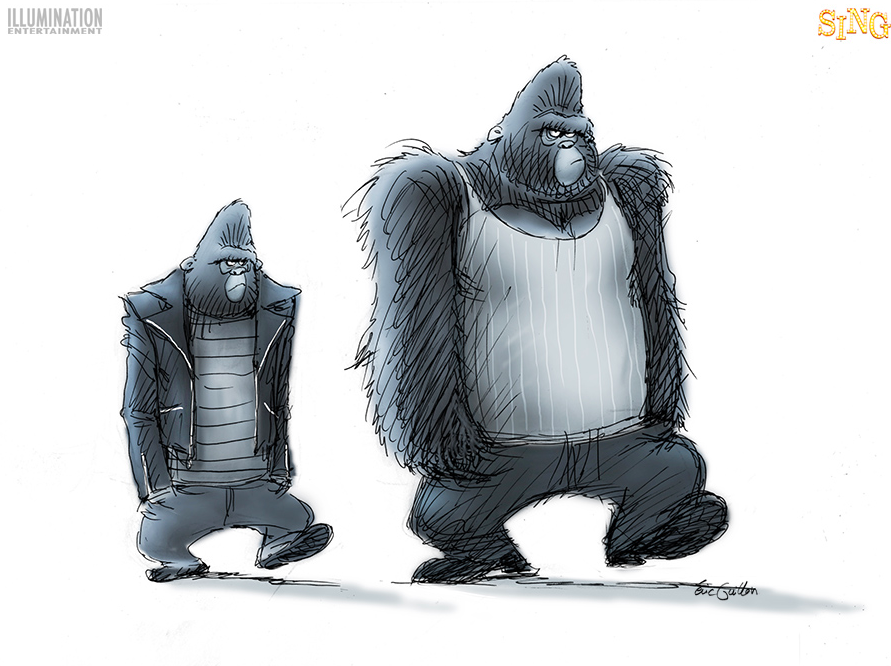
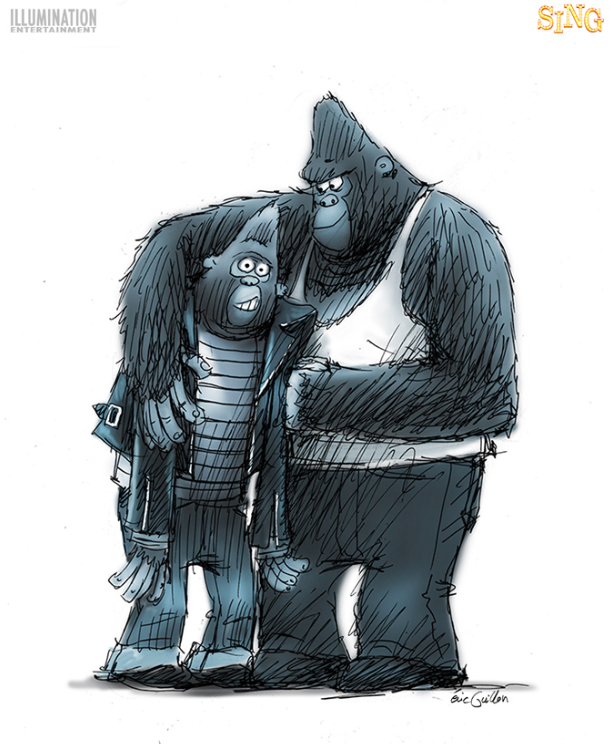
The movie trope is also reinforcing the motif of ‘be yourself’ by depicting Johnny with different clothes from the other gorillas, who are all dressed with the same blue jumpsuit. In prison, interns are dressed with jumpsuits since they take their individuality away, and so Johnny not wearing one shows how even though he is forcibly involved in some criminal activities, he is trying to stand on his own feet.
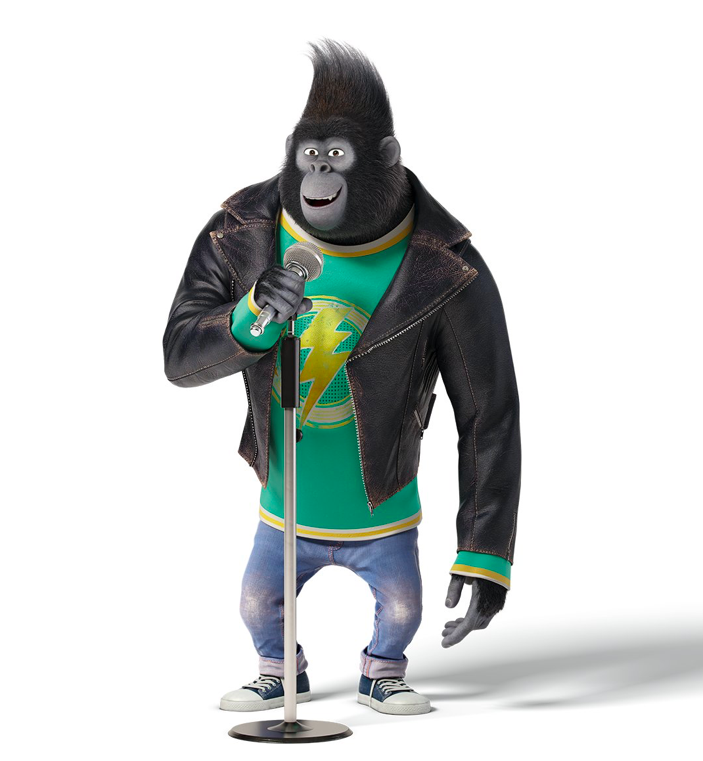
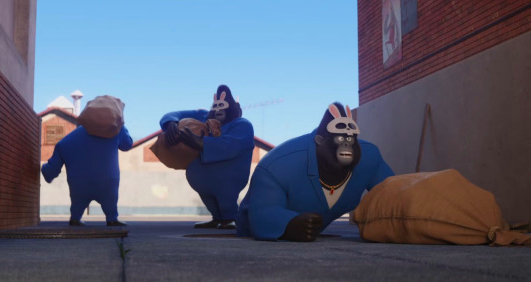
It is interesting to point out the police are Rhinoceroses, as these animals are known for having terrible sight. Perhaps this is a political statement reflecting police in the US, and the stereotype of police being incapable. Moreover, as in other cinematic depictions of police officers in the US, rhinos appear eating doughnuts, which have become a joke centre when ate by a member of the law enforcement.
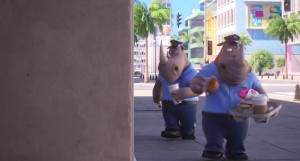
The film’s distinction between the Rhinos and Gorillas’ skin colour juxtaposes people from distinct races, creating a distance between their racial differences while also establishing a relation of authority and oppression. There are racial bias in the portrayal of these characters, which are more pronounced with regard to the gorillas. The gorillas could be read as dark skinned people hence categorising a criminal underclass as gorillas shows how pre-assumptions about races have been assigned to these animals based on human stereotypes and implies animalistic dehumanisation in the anthorpomorhpic gorillas by categorising them associating race and crime.

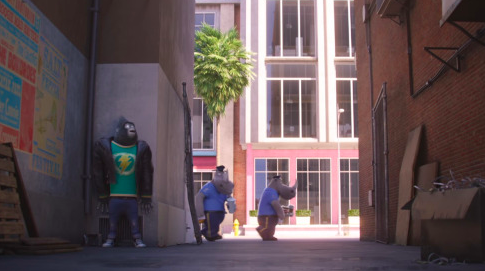
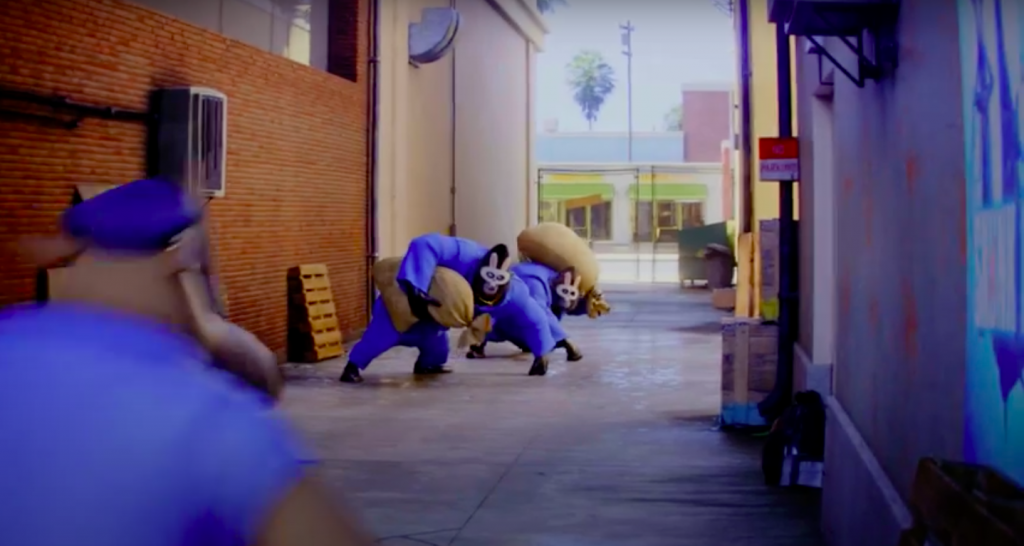

In the scene, close-ups highlight the change in Johnny’s emotions, from joy at the start to panic in the end. Once again, him being different is reinforced with a close up-of his face when his dad calls him out for not wearing the mask. Gorillas use bunny masks to cover their identity, but why a bunny? Because humans perceived rabbits as harmless whereas gorillas are considered dangerous creatures. The comedically bad disguise of the tiny mask on the large Gorilla displays how these animals cannot hide their identity, instead this makes them more noticeable. Wearing an animal mask is humanising them and, consequently, it is embedding a human concept that makes them look like they are playing games.


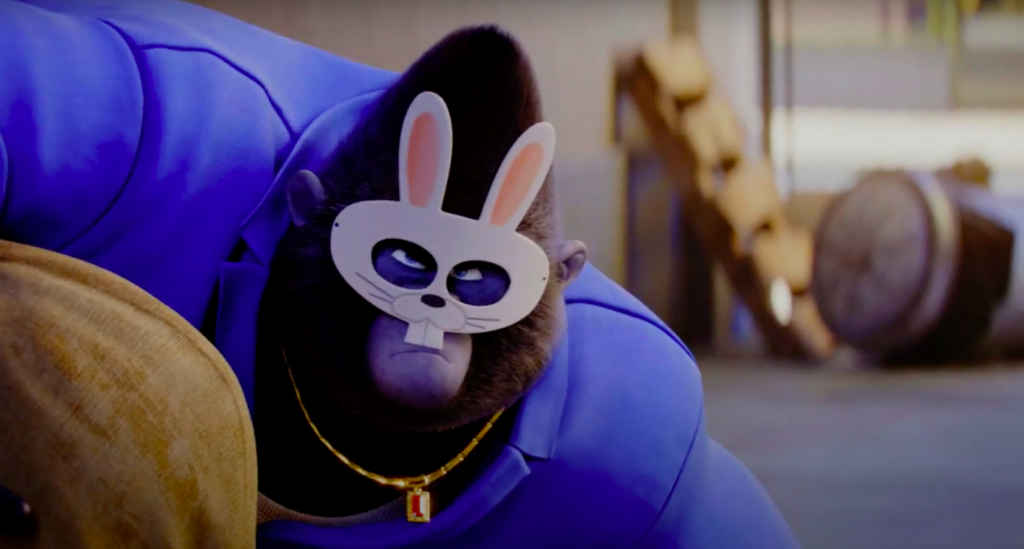
REFERENCES
Sing, dir. by Garth Jennings (Illumination Entertainment, 2016), online film available at Netflix [accessed 12th November 2022]
Sing Official Trailer #1 (2016), <https://youtu.be/9qPgK_u4vX8> [accessed 8th January 2023]
Sevillano, Verónica & Fiske, Susan. 2021. ”Animals as Social Objects: Groups,Stereotypes, and Intergroup Threats”, <10.1027/1016-9040/a000268>. [accessed 8th January 2023]
McHugh, Susan Bridget. 2000. ”Horses in Blackface: Visualizing Race as Species Difference in ‘Planet of the Apes’ ”, in South Atlantic Review, 65:2:40, pp. 40-72. <https://doi.org/10.2307/3201811> [accessed 8th January 2023]
Guillon, Eric. ”Concept Art for Sing”, <https://www.iamag.co/the-art-of-sing-by-eric-guillon/> [accessed 13th January 2023]
